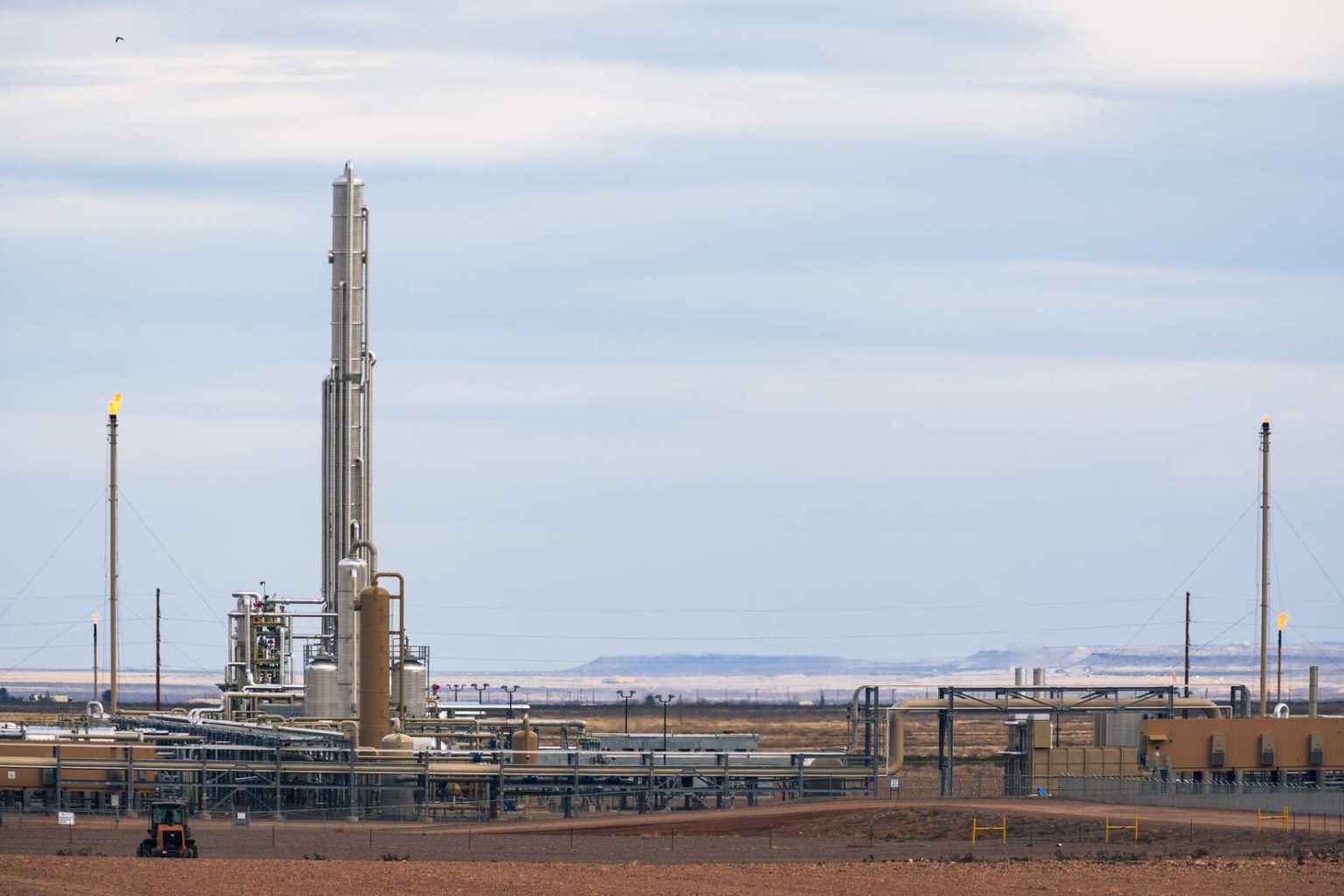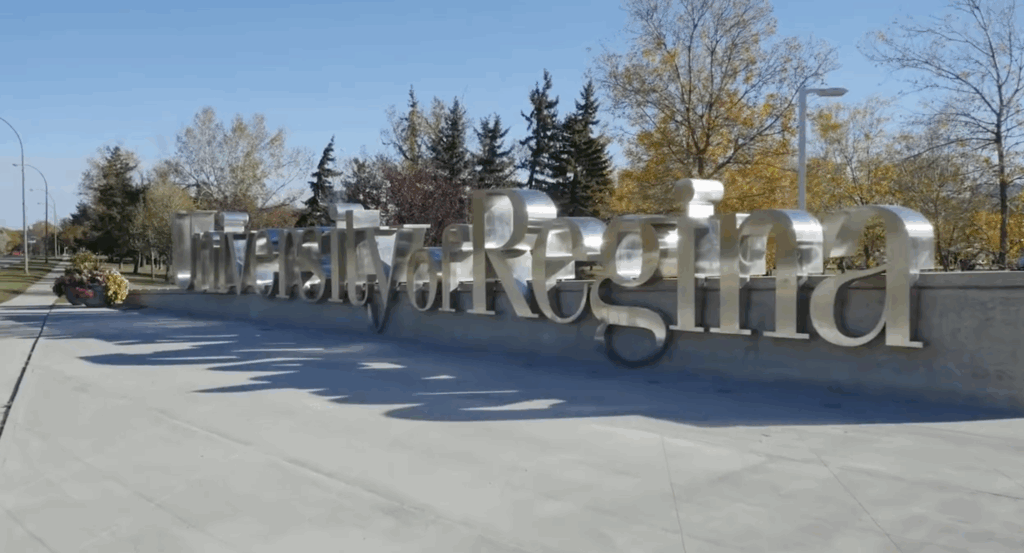Balmorhea, Texas — Less than four years ago, oil and gas company Apache Corp. announced an oil strike worth $80 billion in one of the most pristine reaches of West Texas — the “biggest oil find” of 2016 — which the company dubbed Alpine High.
Yesterday, Apache officially called it quits in Alpine High, as its business partner revealed that Apache has “no current plans for future drilling” in that field.
Alpine High was on the western edge of the Permian Basin in an area that conventional drillers had long rejected, citing disappointing test wells and a lack of pipeline and other infrastructure. While much of the desert to the north and east is dotted with pump jacks, the irrigated fields atop much of Alpine High showed few signs of any oil and gas activity before Apache arrived. Apache had insisted that it had cracked the puzzle of Alpine High’s geology and planned a multi-decade drilling program sprawling across more than 300,000 acres in Reeves County, Texas.
Alpine High drew Apache to drill and frack in and around Balmorhea, Texas, famed for its spring-fed swimming pool and its mid-desert wetlands, home to multiple endangered species and the heart of a long-established tourism industry that brought in over 150,000 visitors a year before drilling began.
A spring-fed wetland on the outskirts of Balmohrea, Texas. Credit: Justin Hamel © 2020
In April 2018, DeSmog reported that Apache’s highly-touted Alpine High find was producing disappointing amounts of oil and instead coughing up a high percentage of natural gas. Natural gas prices in the region have at times turned negative as drillers rushed to produce oil from the Permian’s shales.
“For Apache, 2019 was a year of both progress and challenges,” CEO John J. Christmann IV said on an earnings call today. “Our most significant challenges were associated with Alpine High.”
In a statement, he pointed specifically to “the performance of our multi-well development pad tests at Alpine High” and low gas and natural gas liquids prices.
Apache also announced a $3 billion loss for the fourth quarter of 2019 — bringing the driller’s losses for the year to $3.6 billion. During 2019, Apache sank a total of 55 new oil and gas wells in the Permian, the company reported, adding that the wells had “strong initial production rates.” In the conference call, CEO Christmann said that they had “generated highly competitive well results, solid returns, and an attractive oil production growth rate in the Permian.” Nonetheless, the company planned to “reduce” its Permian operations. Altus Midstream Co., a pipeline company spun off from Apache in 2018, also announced losses for 2019 from Alpine High.
“It’s unfortunate that Apache and Altus exploited this area, despite warnings,” said Sharon Wilson, a senior organizer with the nonprofit Earthworks’ Oil and Gas Accountability Project. “Now this beautiful slice of the West Texas high desert will remain scarred for generations no matter what else happens.”
Empty Man Camps as Losses Spur Layoffs
In January, Apache had announced layoffs for its West Texas operations, saying that it would lay off over 270 employees as it shut down its San Antonio offices. On Wednesday, the Midland Reporter-Telegram reported that Apache’s layoffs extended to its Midland, Texas, offices, in the heart of the Permian Basin, as well.
Across the broader Permian region, where drillers have produced more oil than gas, hiring has dried up and wages have failed to rise. “Permian Basin payrolls stagnated in 2019, and the unemployment rate ticked up,” the Dallas Federal Reserve reported on Friday, February 21. The energy sector, the report adds, caused a 4 percent decline in the “mining, logging, and construction” sector, which makes up roughly a third of the local economy.
Temporary worker housing, refered to as a man camp, in the Alpine High region of the Permian Basin, Reeves County, Texas. Credit: Justin Hamel © 2020
Many man camps in and around Balmorhea looked visibly empty this weekend, though drilling rigs still dotted cotton fields and a massive Apache gas processing plant hummed with activity on the outskirts of town. At least four flares towered over a gas processing plant outside Balmorhea — a handful of the hundreds of flares that have left parts of the horizon in Reeves County, previously prized by astronomers for its rare dark night skies, glowing in a perpetual twilight.
In the broader Permian Basin, drilling continues, with Baker Hughes tallying 409 drilling rigs in the Permian as of February 21, up by one from the prior week but down by 64 from a year ago.
Until yesterday, it had appeared that Apache planned to continue drilling operations in Alpine High, but at a reduced level.
Pipeline company Altus announced its own major loss from Alpine High. “While operational execution was very strong, our financial results in 2019 were impacted by declining activity levels at Alpine High,” Clay Bretches, Altus Midstream CEO and President, said in a statement released yesterday. “Apache has no current plans for future drilling at Alpine High. As a result, Altus took an approximate $1.3 billion impairment charge on its gathering, processing, and transmission assets.”
The company still appears positioned to continue producing from its existing wells and several other drilling companies have arrived in Reeves County since Alpine High was announced.
Altus added that if gas prices at the Waha hub continued to be unfavorable, they expected Apache to cut gas production from its previously drilled Alpine High wells by up to 20 percent.
Hype Overtook Sanity
Apache plans to focus its efforts on offshore drilling along the coast of Suriname in South America, where it confirmed a new discovery in January of this year.
The move away from shale drilling and fracking in Alpine High was met with approval from Wall Street, which had initially greeted Apache’s oil find with an influx of investment, but soured on the firm as Alpine High proved gassier than Apache had hoped. Apache’s share price has trended sharply downwards from the end of 2016, when it traded at over $60 a share, to today, when a share cost $25.07 as markets closed.
The Alpine High pullout appeared to move Apache’s stock price higher, analysts said.
“Despite the broad market sell-off today and a massive $2.7 billion write-off, Apache’s stock actually rose sharply after this morning’s earnings announcement,” said Clark Williams-Derry, an energy financial analyst at the Institute for Energy Economics and Financial Analysis. “All told, it looks like these companies [Altus Midstream and Apache] wasted about $4 billion on the risky Alpine High gamble.”
A spring-fed canal runs through the town of Balmorhea, Texas. Credit: Justin Hamel © 2020
“In the short term, investors are right to applaud Apache’s decision to abandon its Alpine High plans,” he added. “But over the long term, this is a perfect example of how hype overtook financial sanity in the shale boom.”
Amid the flaring crisis in the Permian Basin — described by Pioneer Natural Resources CEO Scott Sheffield as a “black eye” for the industry — Apache had worked to market itself as a more responsible driller, citing its long-term agenda in Reeves County.
Nonetheless, Earthworks has documented pollution coming from Apache oil and gas sites, including a series of three videos, one in 2018, one in 2019, and one in 2020, showing plumes of emissions coming from the same tank.
Environmentalists also honed in on the costs of shale projects, noting that Apache and Altus are not alone in racking up losses from gambles on shale.
The losses are “a preview of the impacts of the inevitable decline of the oil and gas industry on a broad scale,” Wilson said. “This announcement sends an unmistakable signal to potential investors: back away from oil and gas infrastructure investment.”
Sunset in the Alpine High region of the Permain Basin. Credit: Justin Hamel © 2020
Subscribe to our newsletter
Stay up to date with DeSmog news and alerts










